Foodie Landscape in Lee Gardens Area


The human relationship with food is truly unique–as taste can be so evocative that it brings back memories of a time and place. To go on an adventure down memory lane, you can take a walk in the Lee Gardens Area, savour new and old flavours juxtaposed together, while appreciating our city’s unique and vibrant food scene.
/ Tai Ping Koon: the sign that shines for 160 years /


In recent years, many historical shops have closed down, along with their neon signs. Without these iconic lights, the streets look almost unfamiliar. Fortunately, there is still one neon sign hanging bright over Pak Sha Road.
"The sign was replaced two years ago. It would’ve been much cheaper if we switched to LED lights, but we wanted to keep a neon sign because it’s a signature of the Lee Gardens Area. It is hard to find a supplier for producing neon signs now but we persisted,” said Andrew Chui, Managing Director of Tai Ping Koon and the fifth generation of the restaurant’s founder.


The current sign is smaller, but it still features the same colour and work from Chen Jing-Hong, a renowned calligrapher from the early Republic of China. The five characters–太平館飡廳–mean Tai Ping Koon Restaurant. As in the old sign, the fourth character (飡) is written in an unusual way, as opposed to the more conventional (餐).
Andrew said: “Neon signs are the signature of Hong Kong which are sought after by many tourists. If the whole street looks the same, it will lose its character. Especially in the Lee Gardens Area, where old meets new, the neon light is a unique existence in itself. I hope that this last remaining neon sign can preserve the area’s character.”
Tai Ping Koon moved from Wan Chai to Lee Gardens Area in the 1970s. The location was chosen because of its proximity to the Lee Theatre. "The area was a hive of activities, with many shops selling daily necessities. There were barber shops, yarn shops, and grocery stores, etc. There was a tram factory in nearby Russell Street and it was quiet at night. Many of our regular customers were famous Cantonese opera actors. The Lee Theatre was then the most popular Cantonese opera performance venue, so both performers and spectators would come here for supper after the performances. They were an affluent clientele so the front of our restaurant was often lined with luxury cars,” said Andrew. His favourite neighbourhood haunts then were Old Sang Yang (老三陽) and Yiu Fung (么鳳) for snacks, and Kung Wo Tong (恭和堂) for nutritious turtle jelly


By the 1980s, Causeway Bay had become a Little Tokyo. Andrew said: “Many Japanese people came, so Japanese was often heard on the street. Famous Japanese department stores such as Mitsukoshi, Daimaru, and Sogo were all nearby. Tai Ping Koon was featured by Japanese TV stations and we even had a Japanese menu."
The Lee Garden Hotel was redeveloped into Lee Garden One in the 1990s, and many office workers came to Tai Ping Koon for lunch. At the start of the 21st century, tourists from Japan, East Asia, Europe and the United States became aware of the restaurant, as well as travellers from the mainland.
Andrew said: "They are generous and big spenders on food.” With the opening of Hysan Place a decade ago, shops targeting the younger generation have strung up, bringing with them younger patrons yearning for a taste of nostalgia. The neon sign outside the restaurant has become a hotspot for social media check-ins.


He added: “Whether they are rich, celebrities, politicians, or the general public, all our patrons are served the same signature dishes." Through the decades, Tai Ping Koon has witnessed the changing of the times. Last year, a commemorative book about Tai Ping Koon was published, which took seven years to complete and recorded the 160-year history of the legendary restaurant.
“All shops, whether new or old, are struggling to survive, but we have the added pressure of being one of the most established Western restaurants in Hong Kong. There is much expectation from others so we must strive to maintain the quality and taste to remain competitive. We understand how precious our brand is and if we fail, it’s not just a loss for our family but Hong Kong would be losing a part of history and character as well. We can’t let that happen.”
/ Kung Wo Tong: the iconic 40-year-old hot cauldron /


He added: “Whether they are rich, celebrities, politicians, or the general public, all our patrons are served the same signature dishes." Through the decades, Tai Ping Koon has witnessed the changing of the times. Last year, a commemorative book about Tai Ping Koon was published, which took seven years to complete and recorded the 160-year history of the legendary restaurant.
“All shops, whether new or old, are struggling to survive, but we have the added pressure of being one of the most established Western restaurants in Hong Kong. There is much expectation from others so we must strive to maintain the quality and taste to remain competitive. We understand how precious our brand is and if we fail, it’s not just a loss for our family but Hong Kong would be losing a part of history and character as well. We can’t let that happen.”
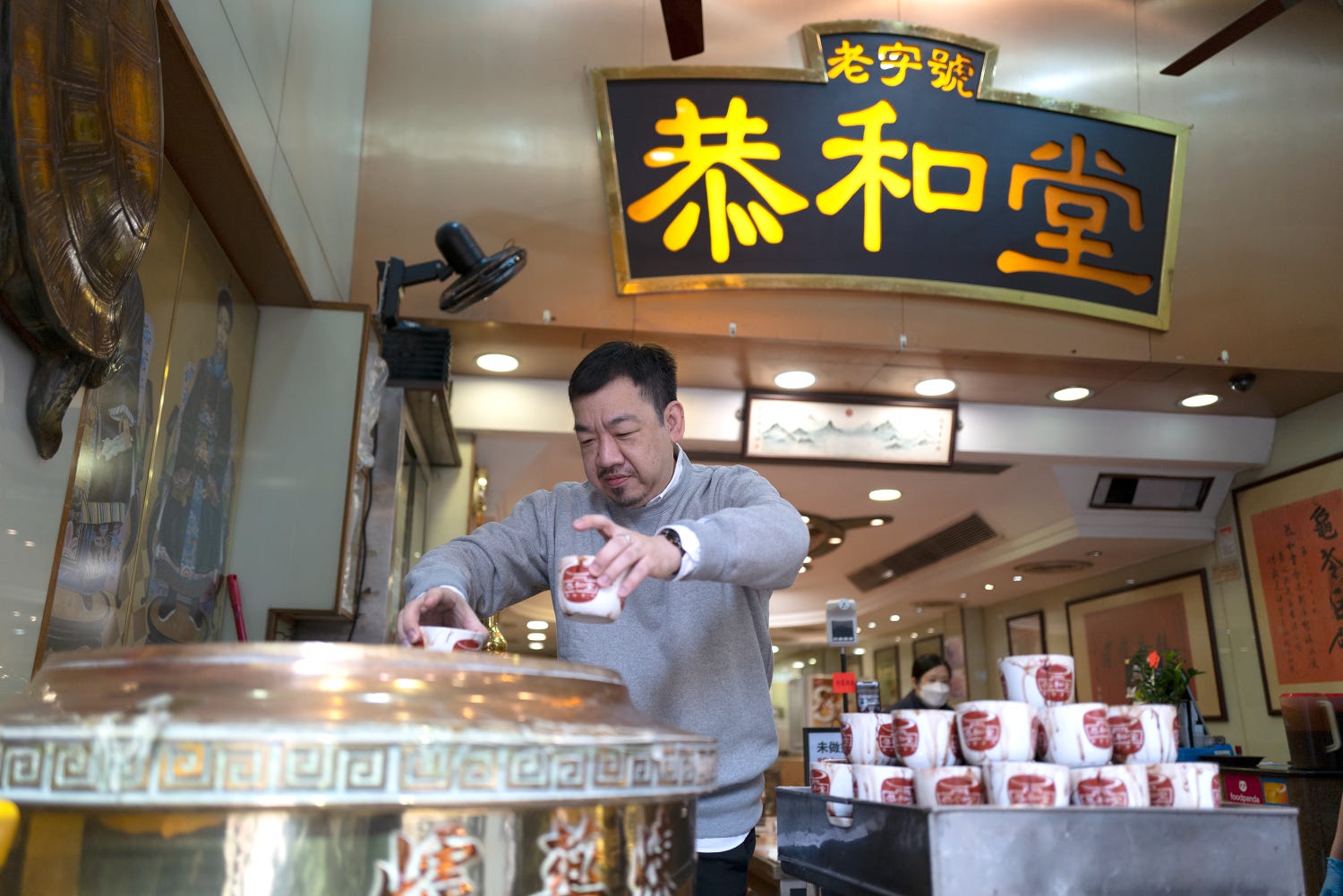



"When this shop opened, these copper wares were already here. Apart from heat preservation , they are also good for Feng Shui but it is difficult to take care of them as they have to be cleaned and maintained every two weeks. We handle them with great care to avoid any accidents,” explained Simon Chu, the fourth generation heir of Kung Wo Tong. The old master at Ping Kee Copperware, who made these utensils, will retire soon. Simon hopes that the next generation of the master will still be able to handle the maintenance for these antiques.
It feels like stepping into another era when you enter Kung Wo Tong, but nostalgia does not stop at the shop front. The workshop behind it is also a gem. He said: “We have tried to use a central kitchen before but customers prefer things fresh. They like to hear the sound of the masters making tea in the kitchen, and see them bring cups of sizzling hot turtle jelly into the copper cauldron.” For the Chu family who descends from the imperial physician, the brand is more about quality and efficacy than modern innovation.


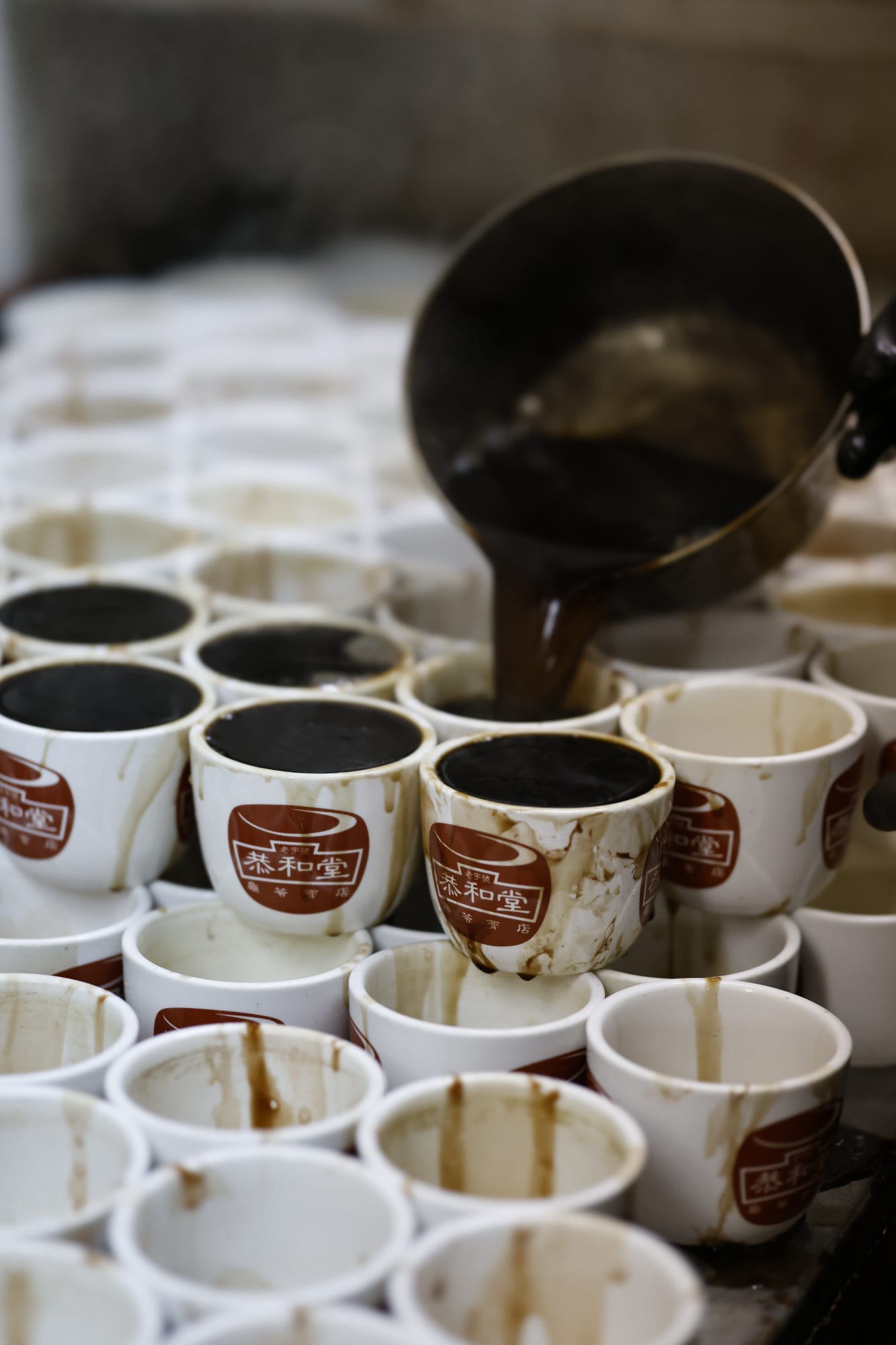

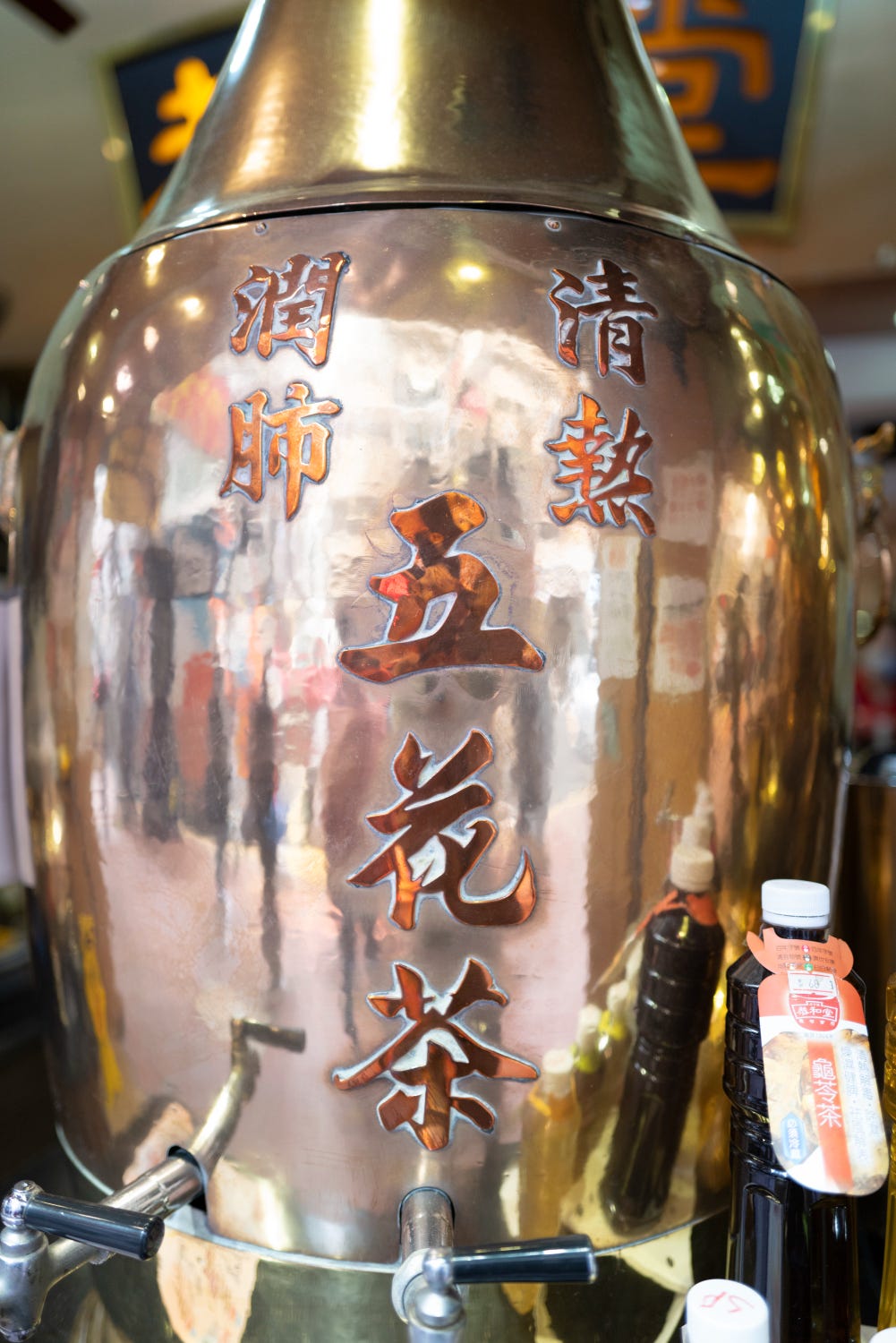

When Simon first joined the family business 20 years ago, the shop only offered three products–turtle jelly, pear tea, and 24-herbs tea–all of which were only served hot. "My great-grandfather made turtle jelly to help farmers relieve heat and detox. When his descendants opened Kung Wo Tong in Yau Ma Tei in 1904, there was a wharf nearby, and most of the customers were working class labourers. Western medicine was not popular then, and traditional Chinese medicine was not cheap. When people felt unwell, they just drank herbal tea and had turtle jelly. According to my uncle, they would gather in the shop to listen to radio dramas together. The shop was a community hub.”
Gradually, the shop’s blue-collar patrons were replaced by white-collar workers. Simon said: "Customers often come with a purpose. 30 to 40 years ago, it was for beauty because turtle jelly was known to have whitening and acne treatment effects. Now customers are much more focused on their health. Some traditional Chinese medicine practitioners recommend turtle jelly for eczema so some customers would visit every two days over two weeks like it is a course of treatment.”
The pandemic has affected business greatly but Simon is confident that Kung Wo Tung can weather the storm, and the iconic copper cauldron will continue to be a landmark in the Lee Gardens Area.
/ Word by Word Bookstore: chronicling Hong Kong’s vibrant food scene /


When it comes to the Lee Gardens Area with its treasure trove of old restaurants and eateries, how can one get the most out of this unique culinary experience? Ka-chun Lui, the founder of Word by Word Book Store, suggests that one can start from the Wan Chai wet market near the Canal Road flyover, where chefs come to buy fresh ingredients and tourists visit to experience how locals go about their daily lives. From there you make your way towards Causeway Bay, where cuisines from the past and present converge. In the Lee Gardens Area, in particular, you can find restaurants from a bygone era as well as ultra-modern dining concepts.
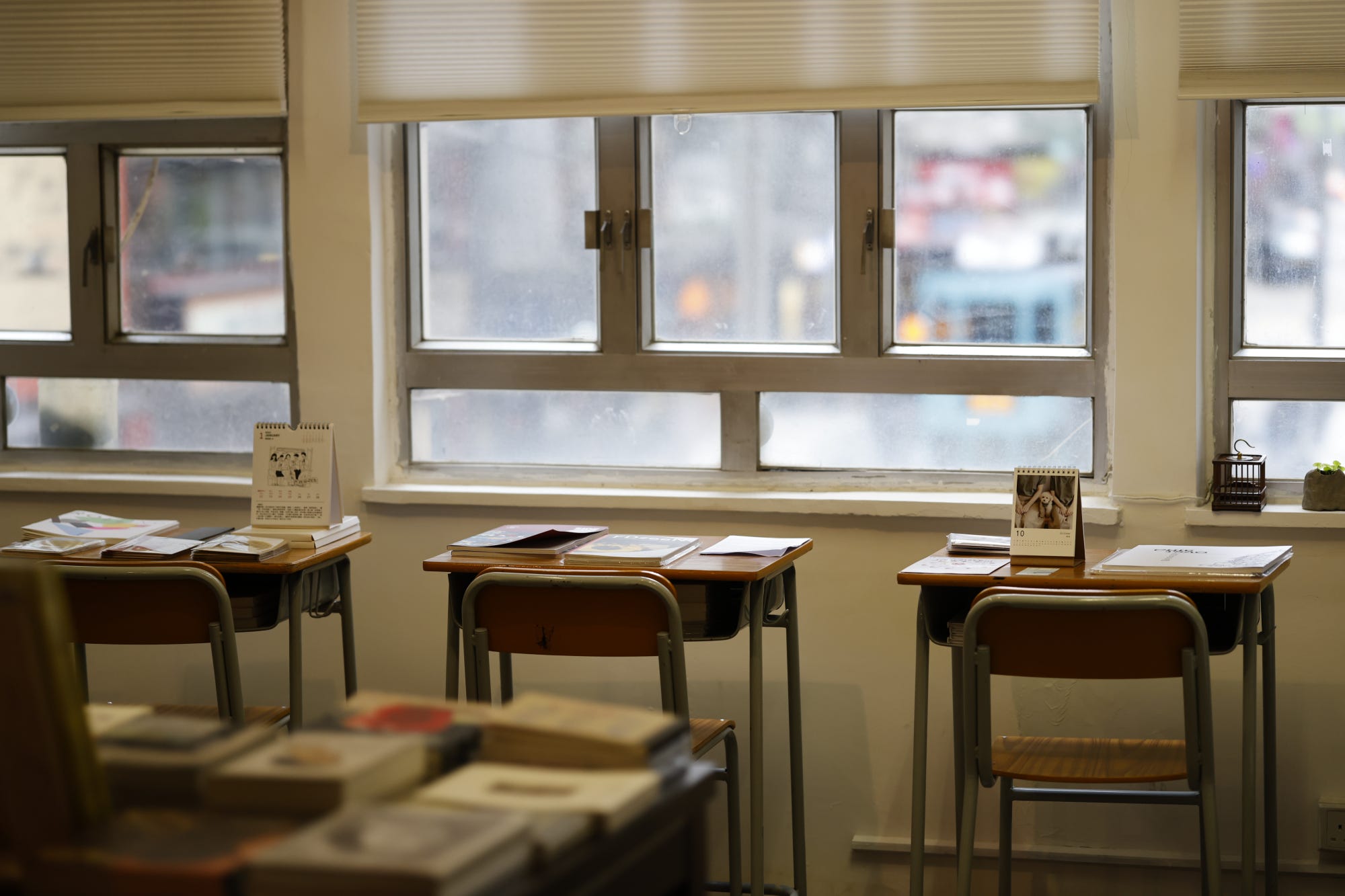

Ka-chun was the executive editor of “HK Food Media”, a lifestyle magazine focusing on dining and travel. He is now a writer and publisher. Last September, he opened a food-themed bookstore in Foo Tak Building on Hennessy Road. “I’m a publisher with a bookstore that gives me an outlet to express my ideas and allows me to connect with readers directly so I can understand their needs." As he is an expert on food, a friend who is also a bookstore owner suggested that he made that his theme, as there was a lack of bookstores in Hong Kong that focused on food culture.
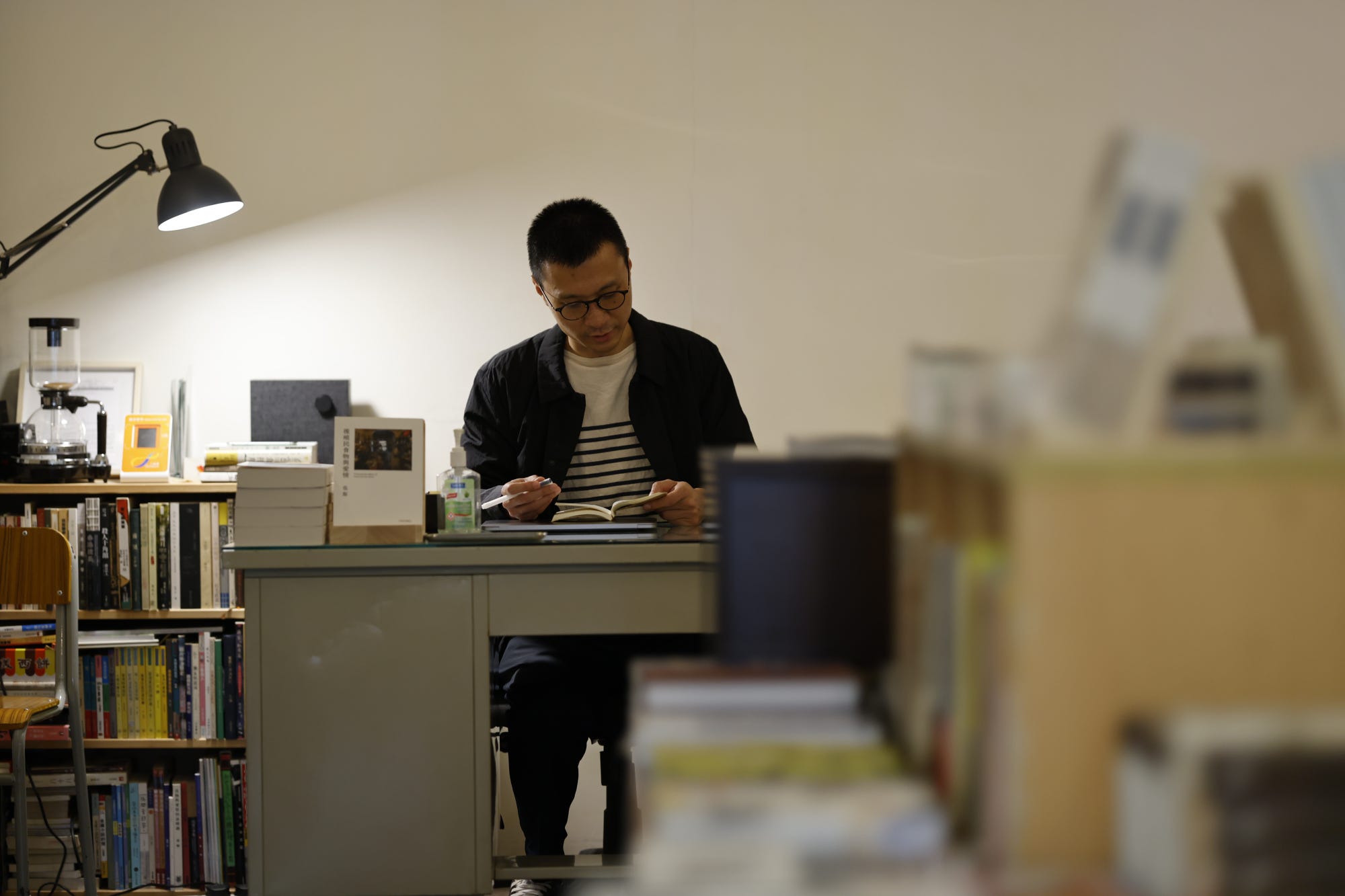

Most people associate food-themed books with recipes only, but there is actually so much more to the subject. The bookstore sells a wide variety of books that takes you to the past and future, featuring renowned authors and going into details about food in different dynasties and even food during wartimes. You can find essays, novels, poetry and illustrated books, as well as collections of food ware. Ka-chun believes that tableware and design are an important part of food culture.
He has also unearthed old stocks of long-forgotten books from the warehouses of various publishing houses. He explained: "Even after many years, these books are still relevant. They are just forgotten because there are too many new books." His recommendations include Shan-muk Lam’s book published in 2010 that talks about food from political, economic and historical perspectives, as well as a book from 2010 that records over 40 recipes and stories shared by elderly people.


Being a food writer, publisher and bookseller, Ka-chun seems single-minded on his mission as a chronicler of local food culture. "Food culture or history can be easily overlooked because it is decentralised and nobody is doing any systematic work on it. However, it is something that is very much part of this world. It is relatable and exists in our daily lives." To him, century-old places like Tai Ping Koon and Kung Wo Tong in the Lee Gardens Area, which are very accessible to the general public, have long been part of people’s daily life. These eateries with their unique decor and neon signs have recorded the history, as well as the taste of the times, from the past to the present.
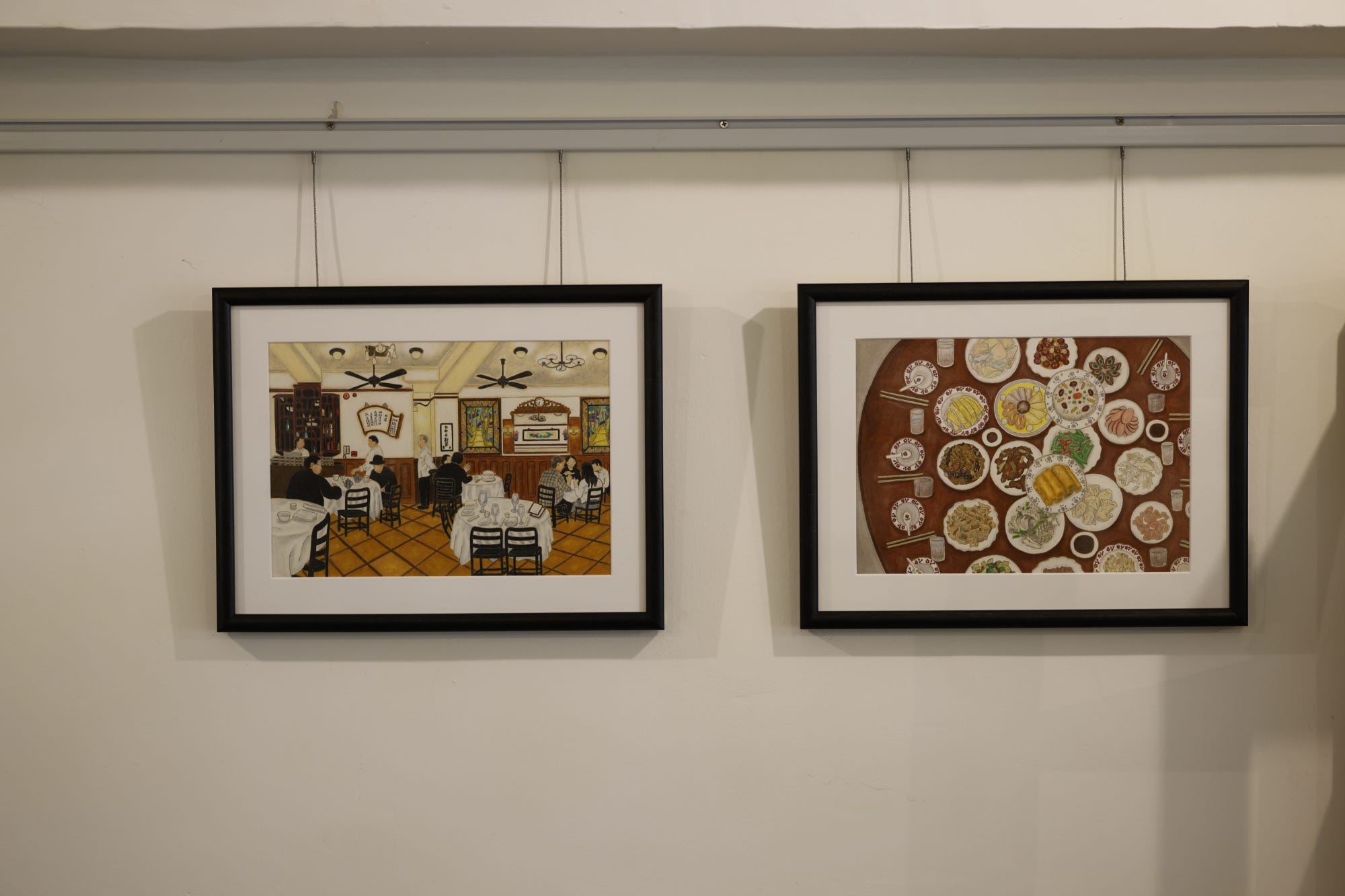

"Food itself is popular, but it is often overlooked. Does it have value? Is it worth our research?" Through his writings and bookstore, Ka-chun hopes to bring attention to Hong Kong’s vibrant food scene and help preserve a precious culture so that it can continue to thrive.
